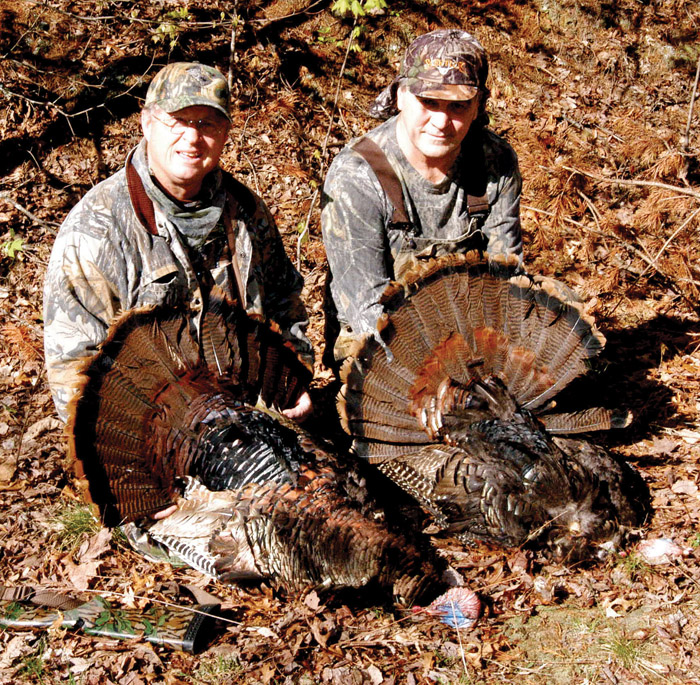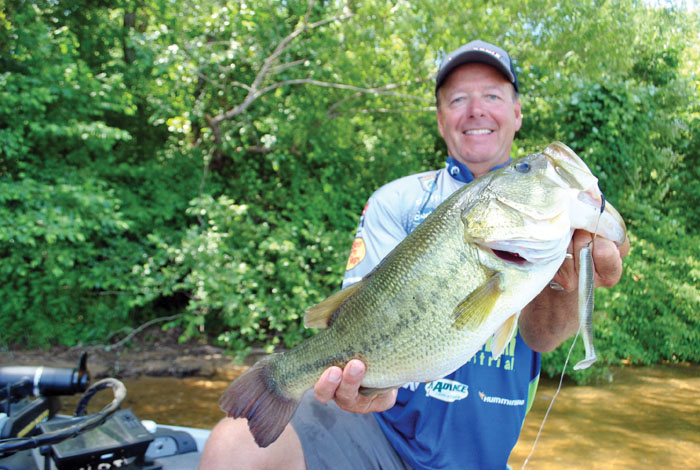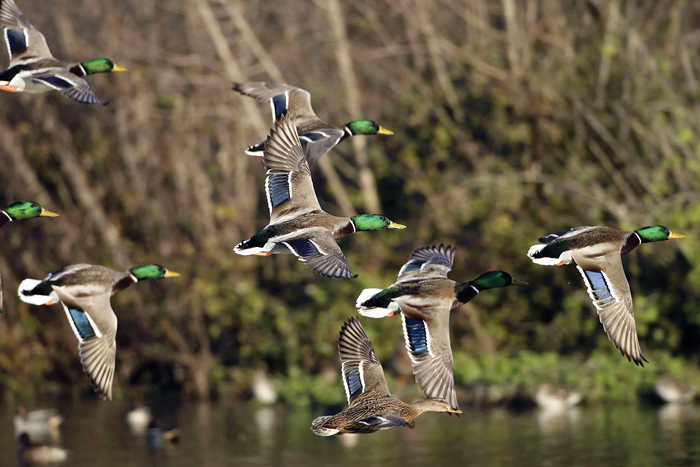Gibbons: Southeast home to pit vipers
Published 12:00 am Friday, April 29, 2011
Earlier this year, I answered a question about coral snakes. The following addresses the major group of venomous snakes found in the South ó pit vipers.
The Southeast has five species of pit vipers. All five ó three kinds of rattlesnakes plus the copperhead and cottonmouth ó are found in parts of every coastal state from Louisiana to North Carolina. Each species is distinctive in behavior, habitat, and venom capabilities, but all have one common characteristic, a heat-sensitive pit located on the side of the head between the eye and the nostril. A pit viper uses the pit in total darkness to detect the presence of warm-blooded prey such as mice or rats and to strike that prey with unerring accuracy.
The pit viper that typically bites the most Americans every year is the copperhead. Thatís the bad news. The good news is that copperheads have one of the mildest venoms, being determined in one study to be only one-tenth as potent, drop for drop, as that of the eastern diamondback rattlesnake. As far as I am aware, despite bites by copperheads to hundreds of people over the years, no one has died from the bite of a wild copperhead. Although a copperhead bite usually causes minimal damage to the victim, a trip to the hospital or doctorís office is still advisable.
Copperheads are quite abundant in some localities. However, their presence often goes unnoticed because of body coloration. Dark brown crossbands on a lighter brown background provide very effective camouflage when the snake is coiled on a ground cover of fallen leaves. At least two harmless snakes, banded watersnakes and corn snakes, are often mistaken for copperheads because of similar banding and coloration, but only copperheads have crossbands that resemble the shape of an hour-glass. Copperheads are common in the mountains and also in many coastal areas, but they can show up anywhere within their extensive geographic range in the eastern United States. Interestingly, the species is absent from all of the Florida peninsula and most of the panhandle.
The cottonmouth is the copperheadís closest relative and by far the most common venomous U.S. snake associated with water. The bite of a cottonmouth can be serious, but the snakeís aggressiveness is overrated. Many bites from cottonmouths occur after someone has picked the snake up, and most of the snakebite cases I know of with these species have been to herpetologists who did just that. Hard to blame the snake for that outcome.
Of the three southeastern rattlesnakes, the smallest is the pygmy; a large one is only two feet long. The largest is the eastern diamondback, which can reach almost 8 feet. The third species, called canebrake rattler in the Coastal Plain and timber rattler in the mountains and most other areas, can be more than 6 feet long.
What are the chances that a hiker, hunter, or other outdoor nature enthusiast will encounter and be bitten by a pit viper? And what about children? Children should be taught never to pick up any snake without supervision by a knowledgeable adult. They should learn to enjoy snakes by watching them. Of course, the same advice would apply to most adults, as many U.S. snakebites occur because someone picked up the snake. People who see a snake and then simply observe it from a safe distance (a few feet away) virtually never get bitten. And if you do encounter a snake in the Southeast, the odds are 10 to 1 that you need not be concerned. More than 50 species are harmless compared to only five that are pit vipers.
How can you identify southeastern pit vipers and what should you do if someone is bitten? The book ěSnakes of the Southeast,î published by the University of Georgia Press, has numerous color photographs of all southeastern snakes and is the most authoritative nature guide on the topic.
Hereís the advice given for snakebite victims: ěThe best snakebite kit is a set of car keys, a cell phone, and a companionî to get you to the hospital.
Whit Gibbons is an ecologist and environmental educator with the University of Georgiaís Savannah River Ecology Laboratory. Send environmental questions to ecoviews@gmail.com.




